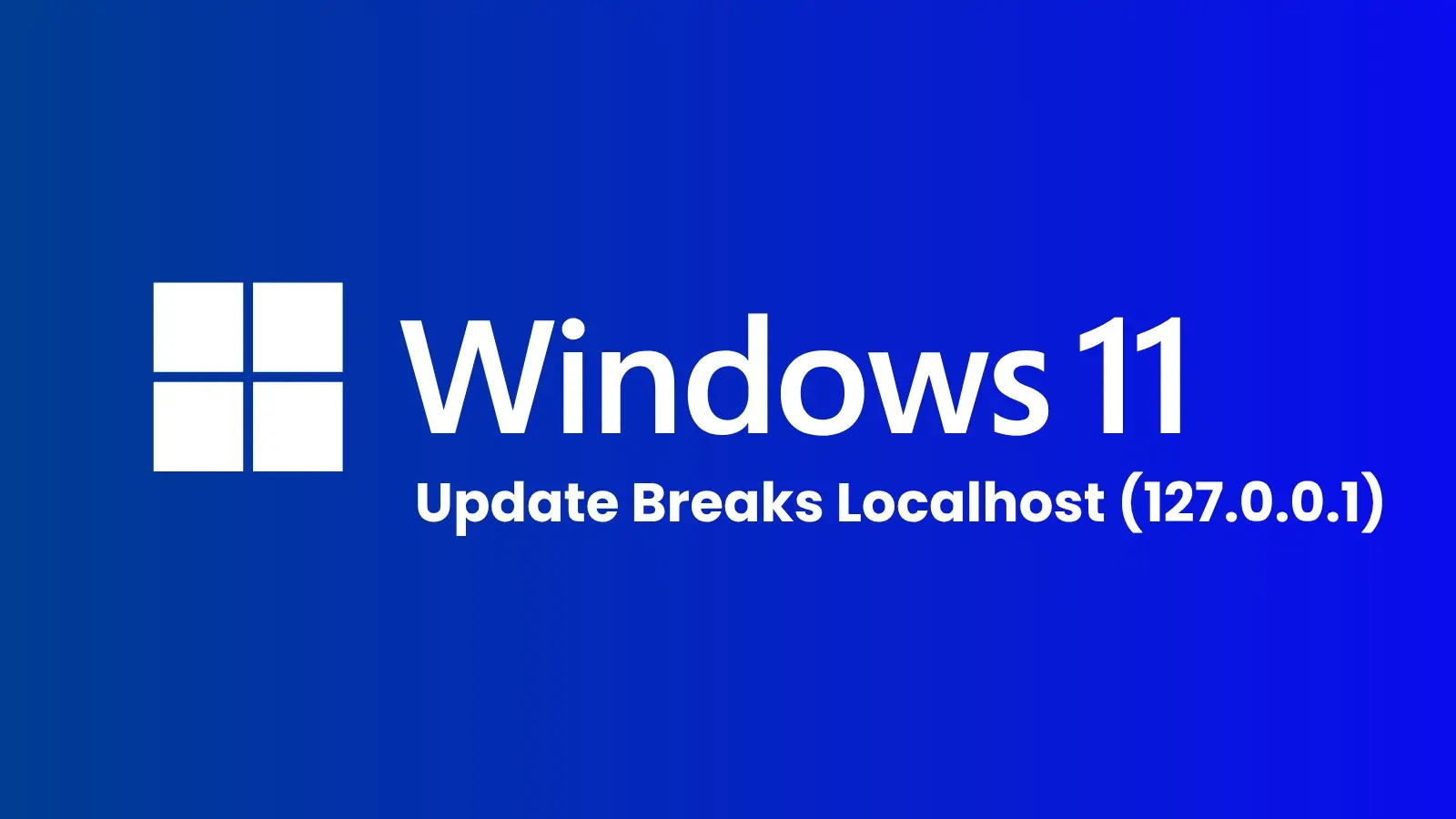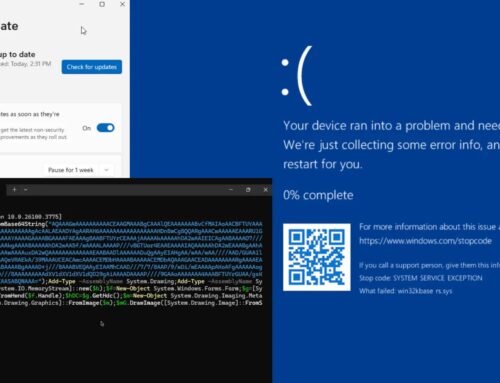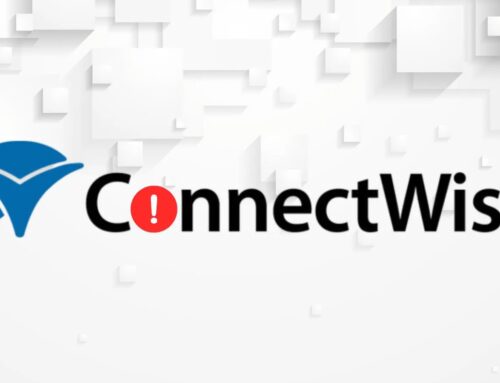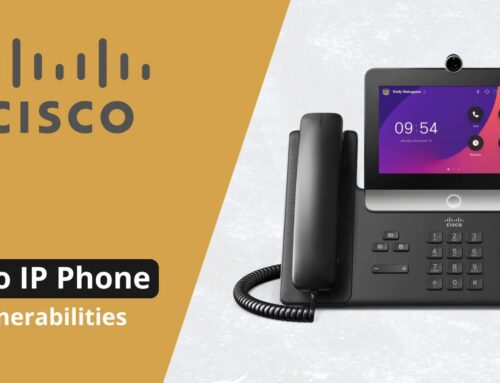
Microsoft Windows 11 October Update Breaks Localhost (127.0.0.1) Connections
Windows 11 October Update Cripples Local Development: The 127.0.0.1 Breakdown
For developers, system administrators, and anyone working with local web applications, the concept of “localhost” is fundamental. It’s the digital equivalent of looking in a mirror – your computer talking to itself, typically via the IP address 127.0.0.1. This critical loopback interface enables testing, development, and seamless interaction with local services. Imagine, then, the widespread disruption when a routine operating system update suddenly severs these connections. This is precisely the scenario unfolding for many Windows 11 users following a recent Microsoft October update.
The Culprit: Microsoft’s October 2025 Cumulative Update (KB5066835)
Reports are flooding in across various technical forums – from Microsoft’s own support pages to Stack Overflow and Server Fault – detailing a significant bug introduced by Microsoft’s October 2025 cumulative update for Windows 11. Specifically, update KB5066835, released on October 14, is preventing users from accessing local web applications and services through the essential 127.0.0.1 address. This issue primarily impacts builds such as 26100.6899, leaving developers unable to test their work and disrupting workflows reliant on local server environments.
The severity of this issue cannot be understated. Localhost connectivity is the bedrock of agile development, allowing for rapid iteration and debugging without external network dependencies. A broken localhost means stalled projects, delayed releases, and significant frustration for a vast segment of the Windows 11 user base.
Understanding the Impact: Why 127.0.0.1 is Critical
The 127.0.0.1 IP address, along with its IPv6 counterpart ::1, is reserved for the loopback interface. This means any traffic sent to this address is routed back to the same machine. Its applications are diverse and crucial:
- Web Development: Hosting local web servers (Apache, Nginx, IIS) to develop and test websites and APIs.
- Application Testing: Running local instances of databases, message queues, or microservices for application development and quality assurance.
- Network Troubleshooting: Verifying network stack functionality without external network involvement.
- Proxy Servers: Configuring local proxies for development or security purposes.
When connections to this address fail, all these functionalities cease to operate as expected. Developers find their familiar development environment rendered unusable, leading to significant productivity losses.
Widespread Complaints and the Search for Solutions
The immediate aftermath of the update saw a surge of complaints across various technical communities. Users reported symptoms ranging from “connection refused” errors when attempting to access local web servers to applications failing to start due to an inability to bind to localhost. The sheer volume and consistency of these reports underscore the widespread nature of the problem, indicating a systemic issue rather than isolated incidents.
While Microsoft has yet to officially acknowledge a specific CVE for this issue, the impact is akin to a critical vulnerability, given its disruption to core development workflows. For now, the community is actively seeking workarounds and eagerly awaiting an official patch from Microsoft.
Remediation Actions and Temporary Workarounds
Until a permanent fix is rolled out by Microsoft, users facing this issue have limited but potentially effective options:
- Uninstalling the Update: The most direct, albeit temporary, solution is to uninstall the problematic update KB5066835. This can be done via “Settings > Windows Update > Update history > Uninstall updates.” Be aware that this might leave your system vulnerable to other patched security issues.
- Pausing Updates: To prevent the update from reinstalling automatically, consider pausing Windows updates for a period. This buys time for Microsoft to release a fix.
- Using Alternative IP Addresses (Limited Scope): In some specific configurations, applications might be bound to other local network interfaces (e.g., your actual internal IP address like
192.168.1.X) instead of strictly127.0.0.1. However, this is not a universal solution and can have security implications. - Checking Firewall Rules: While unlikely to be the primary cause given the systemic nature, temporarily checking or resetting Windows Firewall rules might rule out any inadvertent blocking specific to loopback connections.
Users are encouraged to monitor Microsoft’s official channels and reputable cybersecurity news sources like Cyber Security News for updates and official patches.
Looking Ahead: The Importance of Robust Update Testing
This incident serves as a salient reminder of the critical importance of rigorous regression testing, especially for operating system updates that interact with fundamental network functionalities. The disruption caused by a broken localhost impacts not just individual developers but potentially entire development cycles and project timelines. Microsoft, as a leading OS provider, bears the responsibility to ensure their updates do not inadvertently compromise core system functionalities that millions rely upon daily.
The cybersecurity community and developer ecosystem will be closely watching for Microsoft’s response and the prompt delivery of a fix to restore full functionality to Windows 11 systems.





